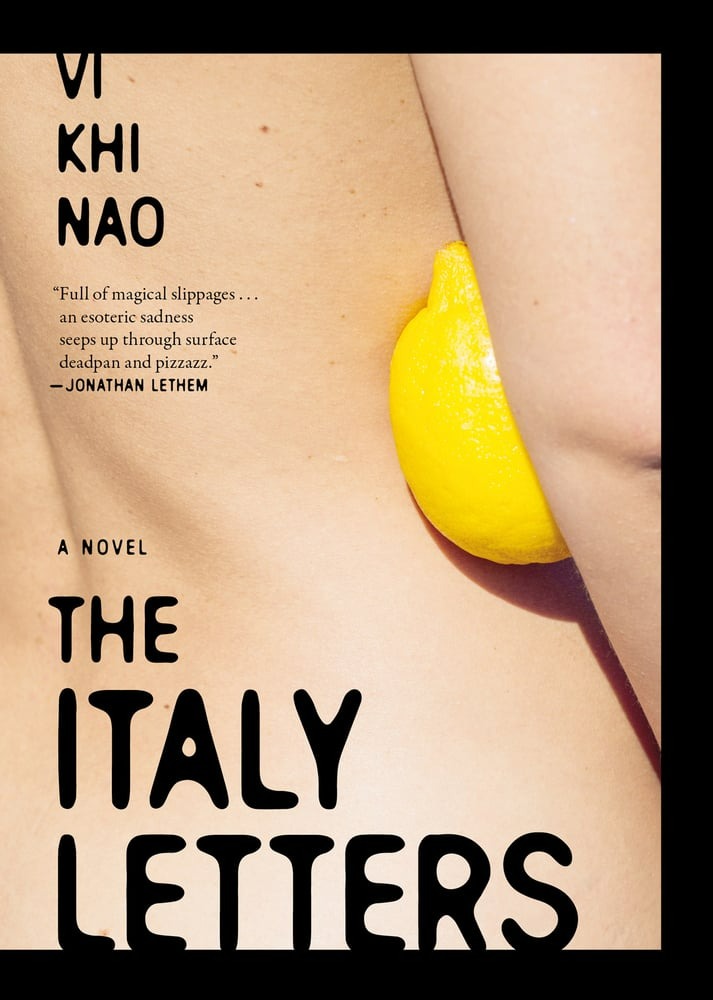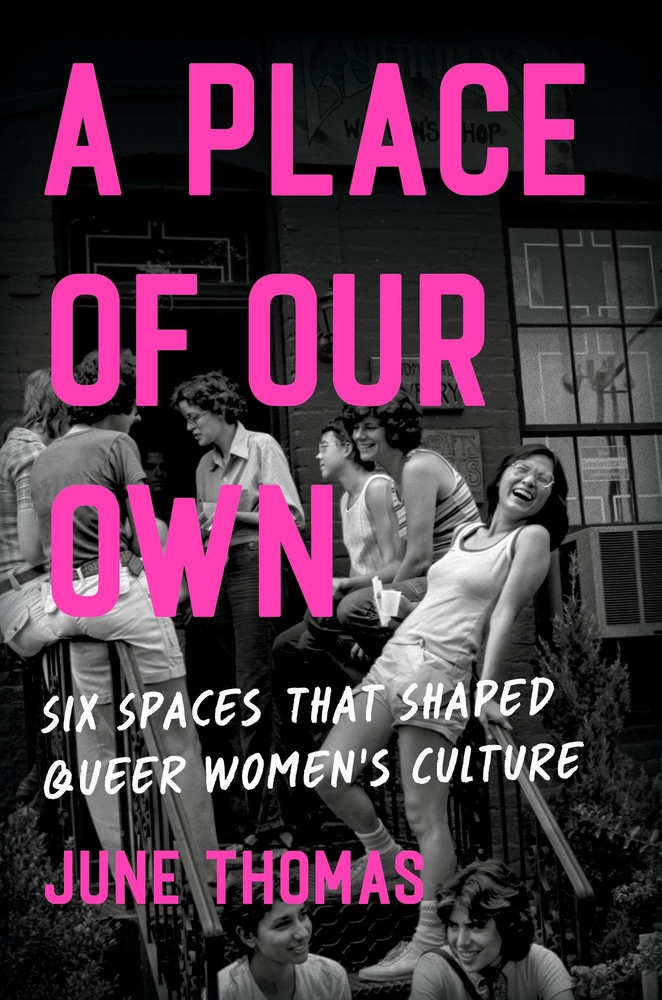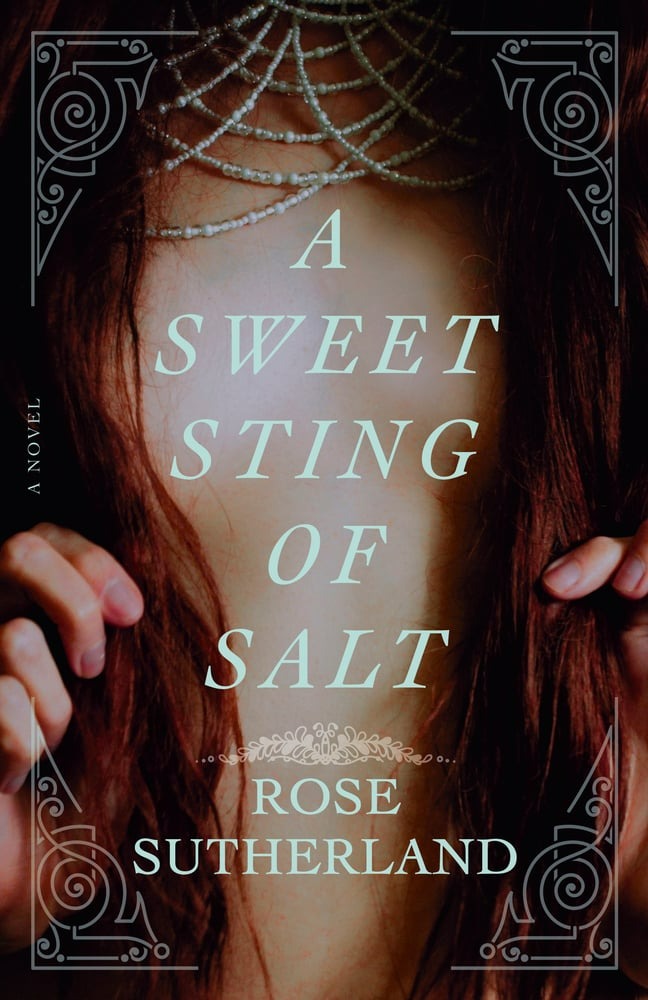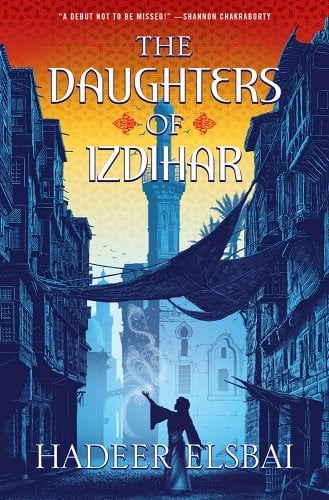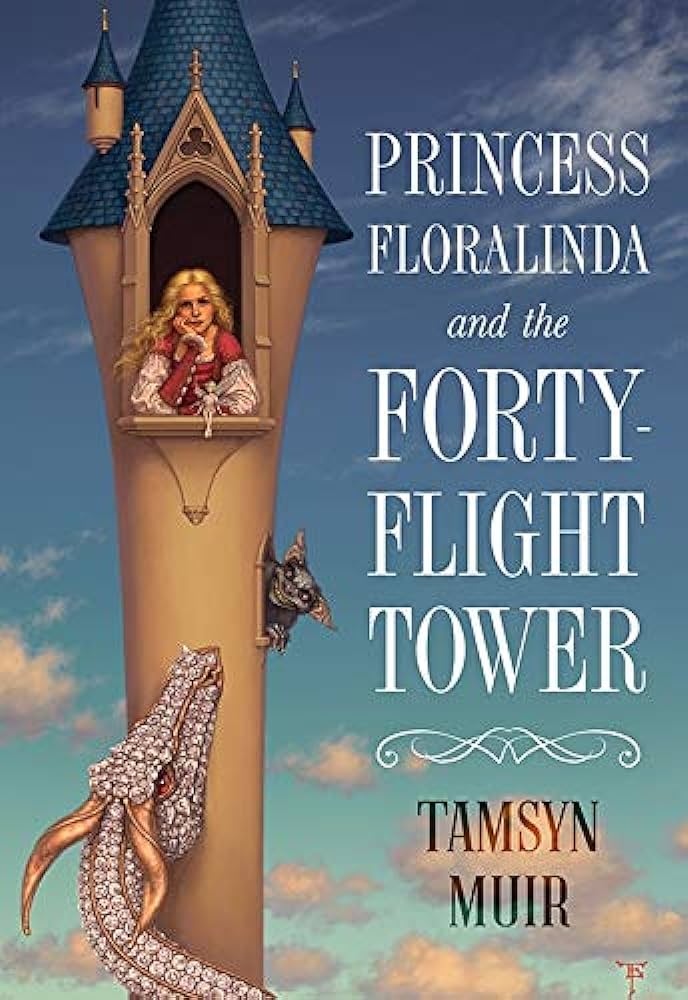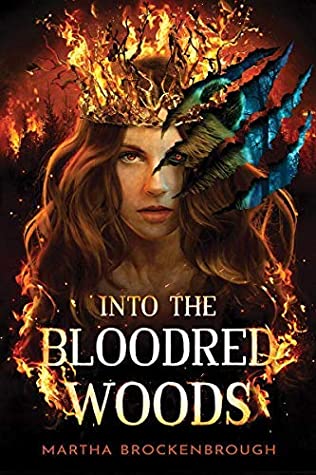Buy this from Bookshop.org to support local bookstores and the Lesbrary! The Italy Letters by Vi Khi Nao (August 13, 2024) reads like bitter chocolate with rich undertones that will pique the acquired tastes of readers looking for poetic experimental fiction and stories about the mid-life crises of disillusioned literary fiction writers who are not cishet whiteRead More
A Rapidfire History of Queer Women’s Spaces: A Place of Our Own by June Thomas
Buy this from Bookshop.org to support local bookstores and the Lesbrary! This year, I’m doing the 2024 Read Harder Challenge—well, I should hope I am, because I’m the one running the challenge and writing the newsletter this time! (You can subscribe if you want recommendations plus weekly updates on my reading, though some of itRead More
A Sapphic Nova Scotia Gothic: A Sweet Sting of Salt by Rose Sutherland
Buy this from Bookshop.org to support local bookstores and the Lesbrary! I couldn’t tell you why, but I am obsessed with sapphic selkie stories. There are very few of them out there, but I leap on the chance to read any that I stumble upon. Don’t get me wrong: I like sapphic mermaids, too, butRead More
A Thrilling Elemental Fantasy Debut: The Daughters of Izdihar by Hadeer Elsbair
Buy this from Bookshop.org to support local bookstores and the Lesbrary! Nehal has practically everything that a woman could ask for: wealth, a prestigious name, an engagement to one of the most eligible men in Alamaxa. What she doesn’t have, though, is the right to join the Weaving Academy on her own and learn howRead More
Stories About Brave Women Who Don’t Take Shit from Anyone: The One Hundred Nights of Hero by Isabel Greenberg
Amazon Affiliate Link We all have our preferred coping methods. Mine is returning to comforting favorites: books that changed me, those old familiar stories that still move me, no matter the intervening years. These last seven years, Isabel Greenberg’s graphic novel The One Hundred Nights of Hero has been waiting quietly for me to pick it upRead More
A Feminist, Latin American Vampire Gothic: Thirst by Marina Yuszczuk, translated by Heather Cleary
Buy this from Bookshop.org to support local bookstores and the Lesbrary! Recently translated into English, Marina Yuszczuk’s queer vampire novel, Thirst (Dutton, March 5, 2024), is partly what I’d hoped for in a vampire fiction, and at the same time, it was nothing like what I’d expected. Although it’s a Gothic, vampire novel on the surface, ThirstRead More
How to Un-Princess: Princess Floralinda and the Forty-Flight Tower by Tamsyn Muir
Amazon Affiliate Link When I first picked up the fantasy novella Princess Floralinda and the Forty-Flight Tower by Tamsyn Muir in 2020, I knew that I’d be coming back to it for more. Because I’m more of a science fiction person, I wasn’t sure what to expect when I bought it; I knew I likedRead More
Til reviews Into the Bloodred Woods by Martha Brockenbrough
Amazon Affiliate Link | Bookshop.org Affiliate Link Trigger warnings: gore, torture, death, mutilation, sexual assault, child abuse, violence, harassment… and likely others I’m forgetting. This is a relentless work. Imagine a story that understood the true horror of the old fairy tales, the depths of yearning and human pain that crafted them, and the wonderRead More
Meagan Kimberly reviews Crossfire: A Litany for Survival by Staceyann Chin
Amazon Affiliate Link | Bookshop.org Affiliate Link I had the privilege to see Staceyann Chin do a live reading at Miami Book Fair a few years ago, which is where and why I picked up this collection. Her performance was electric and captivating, and that strong voice translates well on the page. Every piece isRead More
Meagan Kimberly reviews Her Body and Other Parties by Carmen Maria Machado
In this collection of short stories, Carmen Maria Machado does what skilled horror writers do best: she examines real-world beliefs through a lens that highlights that real horror isn’t monsters, but our own societies. This collection grapples with the trauma and horror women and women’s bodies are put through by a patriarchal society that wantsRead More
